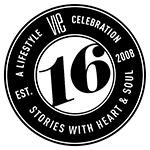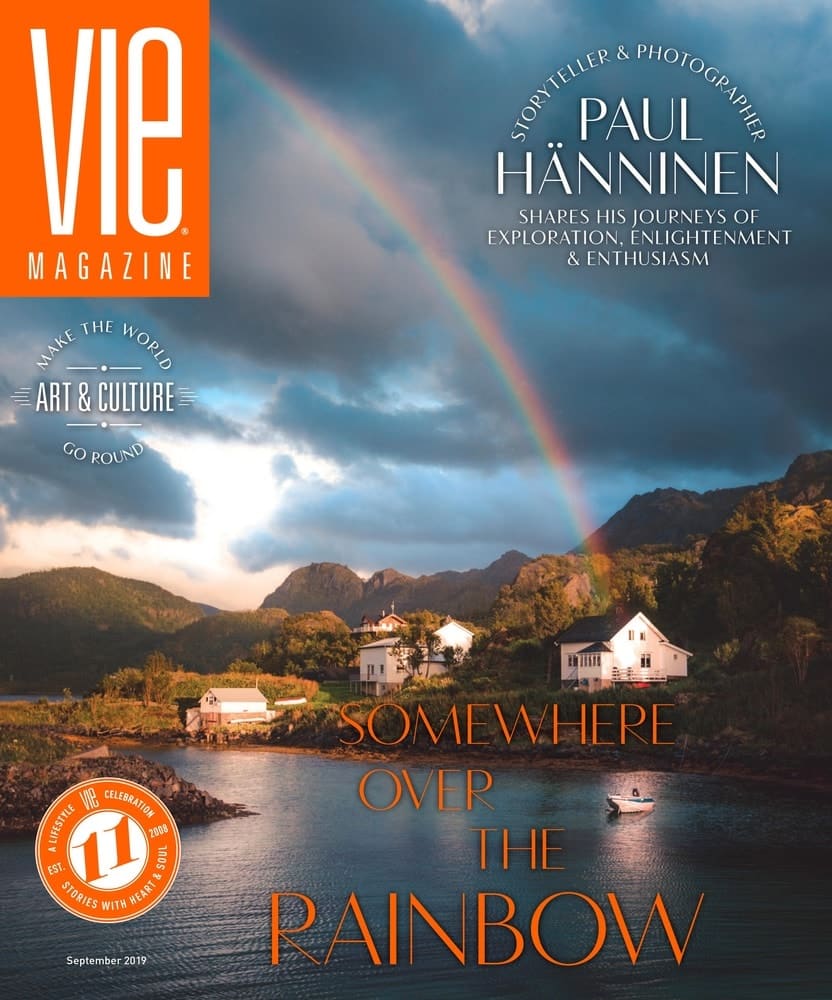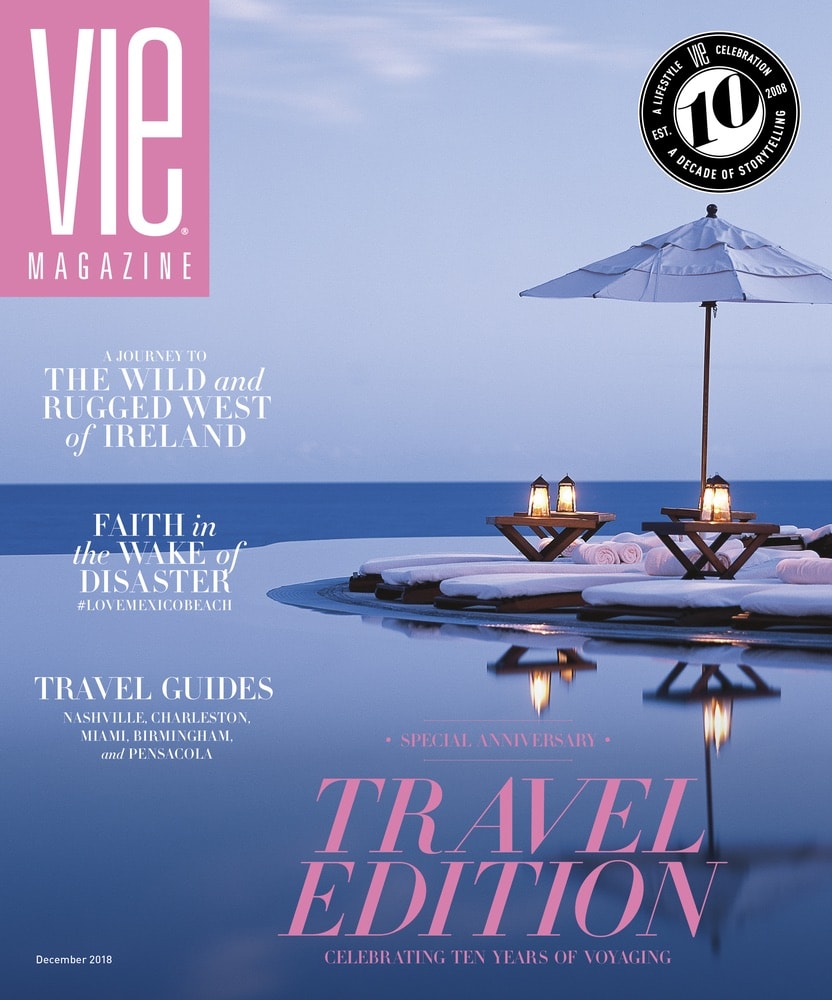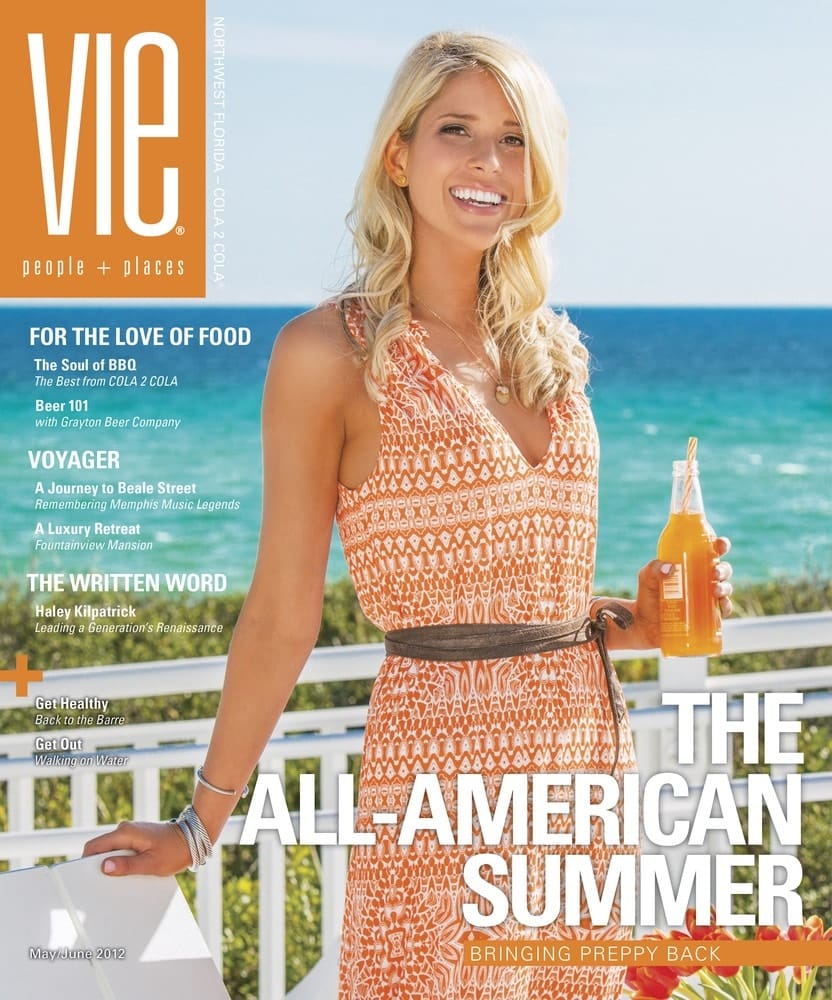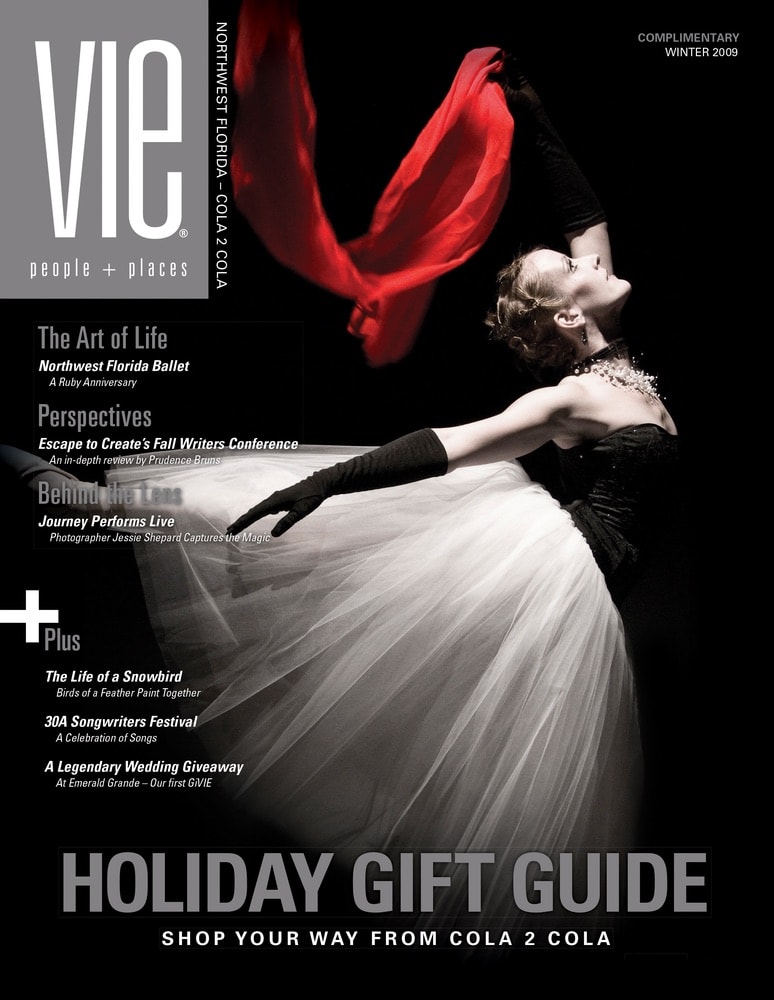
vie-magazine-king-queen-spain
¡Viva Pensacola!
Spanish Royalty Graces La Florida
By Crystal Harmon | Photography by Jessie Shepard
It is not everyday that a city in Northwest Florida, or the United States for that matter, has the opportunity to host royalty. So, when news spread that city officials had invited King Juan Carlos I and Queen Sofía of Spain to visit Pensacola, the red carpet was unfurled and the city started to buzz with excitement over the royal visitation. The king and queen were coming to honor the city’s Spanish heritage and commemorate its 450th anniversary.
Florida’s association with Spain dates back to its discovery by Ponce de Leon in 1513, but the city of Pensacola shares a special bond with this country. On August 15, 1559, Spanish explorer Don Tristán de Luna sailed into what is now Pensacola Bay with more than 1,500 farmers, soldiers, craftsmen and priests to establish one of the first major European settlements in North America. Unfortunately, the settlement met the fury of a massive hurricane (something modern Pensacolians know too well) which damaged the settlement, destroyed supplies and ultimately drove the settlers away. However, in 1698 the Spanish returned to establish the first permanent settlement in Northwest Florida, Presidio Santa María de Galve—the foundation of modern day Pensacola.
Throughout 2009, Pensacola is hosting a variety of festivals and events to pay homage to its 450 years of history. Celebrate Pensacola, Inc. is the non-profit organization commissioned to promote Pensacola’s important place in our country’s history. Some of the events planned include a Spanish-inspired wine festival, the Miguel Zapata art exhibit, a reenactment of the 1781 Battle of Pensacola and Heritage Festival, the de Luna landing celebration and various concerts and parades. The tall ship Juan Sebastián de Elcano, the Royal Spanish Navy ship where King Juan Carlos I trained as a midshipman, is also scheduled to appear. But a visit from the Spanish king and queen certainly tops the list of highlights for the yearlong celebration.

Their majesties graced the emerald shores of Pensacola February 18–19, 2009 and even the weather was accommodating. They arrived the evening of the 18th at Naval Air Station Pensacola before going on to visit Pensacola Beach and the Pensacola Historic District the next morning. They toured Fort George where the Spanish victory over the British at the Battle of Pensacola became a turning point of the American Revolutionary War. Pensacola Mayor Mike Wiggins then escorted the royal couple to Plaza de Luna on Pensacola Bay to dedicate the future site of the Spanish conquistador statue. The statue will pay tribute to the Spanish explorers who settled Pensacola and honor the city’s Spanish legacy.
VIE was invited to cover this important event taking place in the region we call COLA 2 COLA. I set out with Eric and Jessie Shepard, VIE’s art director and photographer respectively, to join in the festivities. As we made the two-hour drive from Grayton Beach to Pensacola, evidence of the royal presence in the city grew the closer we got. In Gulf Breeze, crowds of middle and elementary school children lined either side of Highway 98 with Spanish flags made of construction paper and signs reading “¡Bienvenidos!” while they awaited the king and queen’s motorcade.
[double_column_left]
[/double_column_right]“The Queen and I thank you for your warm and generous welcome, one we will never forget.”
– King Juan Carlos I
We arrived in historic downtown Pensacola just in time for the main event. In grand European style, King Juan Carlos I was to address the crowded Plaza Ferdinand from the second-story balcony of the T.T. Wentworth, Jr. Florida State Museum. Downtown Pensacola was dressed in her finest as the noonday sun glinted off the crimson and golden hues of the Spanish flags decorating the historic architecture. Anxious onlookers crowded the balconies of nearby structures vying for the best view. The University of West Florida Symphonic Band performed while masses awaited the dignitaries. Ironically, the plaza in which we stood (named for Spain’s king in 1781) was the historic place where Andrew Jackson first raised the American flag over Florida, claiming it for the United States in 1821.
Groups of Spanish Americans and Spanish expatriates gathered at the front of the crowd singing songs in their native tongue while holding signs and flags to welcome the king and queen. Cheers of “¡Viva el Rey!” (Long live the king!) and “¡Vivan Juan Carlos y Sofía!” (Long live Juan Carlos and Sofia!) filled the square. As the diplomatic motorcades arrived, the crowd—estimated at nearly 3,000— erupted with enthusiasm. Everyone was hoping to catch a glimpse of the royal crown. I use “crown” metaphorically since, contrary to the fairytale images that are typically linked with royalty, the king and queen wore business suits and their heads were unadorned. Still, they managed to convey a majestic air, as you might expect.
Also arriving to greet the king and queen were Florida Governor Charlie Crist, U.S. Senator Bill Nelson, U.S. Representative Jeff Miller, Pensacola Mayor Mike Wiggins and Escambia County Commissioner Marie Young. At the podium, resplendent with red carnations honoring Spain’s national flower, Governor Crist extended a formal welcome to their majesties on their historic visit to the Sunshine State. He said, “Though thousands of miles separate us, centuries of history and culture keep us together forever.” Crist continued, “Florida and Spain enjoy a relationship that is unmatched among all the states in our nation.” He remarked on the strong partnerships in trade, education, culture and heritage between the two states, as well as the extensive and valued Spanish community in Florida. As Pensacola and Spain gathered that day to honor their treasured past, Crist noted that they were also looking forward to their shared future. Trade between Florida and Spain reached $1.2 billion in 2008—an increase of 26.1% over 2007. With more subsidiaries of Spanish companies in Florida than from any other country, the historic ties between the two appear to be growing still stronger. Governor Crist concluded his speech by officially proclaiming February 19, 2009 to be King Juan Carlos I and Queen Sofía Day in the state of Florida.

King Juan Carlos I then addressed the crowd that had been waiting so expectantly. “The Queen joins me in thanking you from our hearts for your kind invitation to this beautiful and dynamic city, which contains so much of the shared history of Spain and the United States,” he said. “We had always wanted to visit you. This great celebration is a unique occasion to do so,” added the king. He thanked the city of Pensacola for “preserving our common heritage.” The king recounted the story of Tristán de Luna and his Spanish ancestors coming to these shores. “They were guided by the hope of achieving, through hard work, a better life for them and for their children.” The king continued, “Here, in this land, the seeds of that extraordinary adventure took root and flourished.” This story, he said, “…is why the cultural heritage of Pensacola is amongst the richest in North America.” With a paternal pride he announced, “Today we are in Pensacola to tell you that Spain values your commitment to preserving this Spanish legacy, and that we are proud of your ancestors and admire how their descendents have helped to build this country.” King Juan Carlos I noted that the Spanish presence in the United States began here, and, “today, the Hispanic presence is a rich component to the diversity and strength of American society.”
“The Queen and I thank you for your warm and generous welcome, one we will never forget,” said King Juan Carlos I. “¡Viva Pensacola! Long live Pensacola!”
To which many in the crowd replied, “¡Viva España! Long live Spain!”
Following the speech, the king and queen spent a few moments touring the T.T. Wentworth, Jr. Florida State Museum. There they examined artifacts and an anchor recently recovered by the University of West Florida archeology department from a 1559 shipwreck found in Pensacola Bay believed to be de Luna’s. They then enjoyed an elaborate luncheon before departing for the Food Network’s South Beach Wine & Food Festival in Miami.
This historic visit by Spanish royalty rallied the citizens of Pensacola, and Florida as a whole, with a rich sense of place, offering a deeper perspective of the important history of this city and state, while uniting people with a spirit of celebration that extends beyond our borders and shores.
— V —
Share This Story!
KEEP UP WITH THE LATEST STORIES FROM VIE
